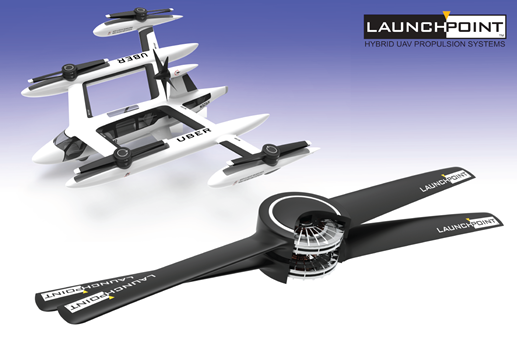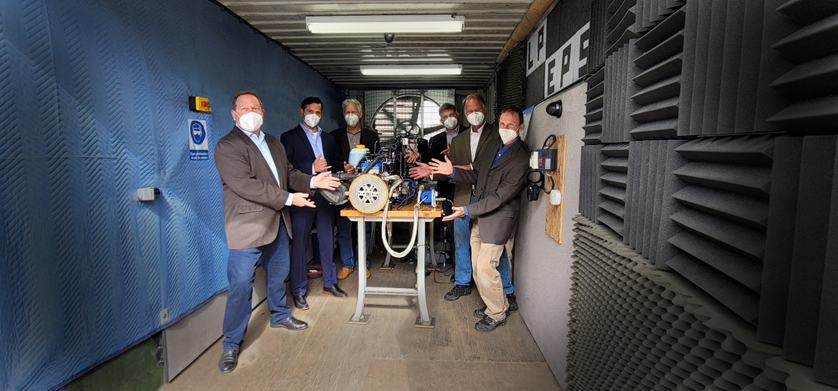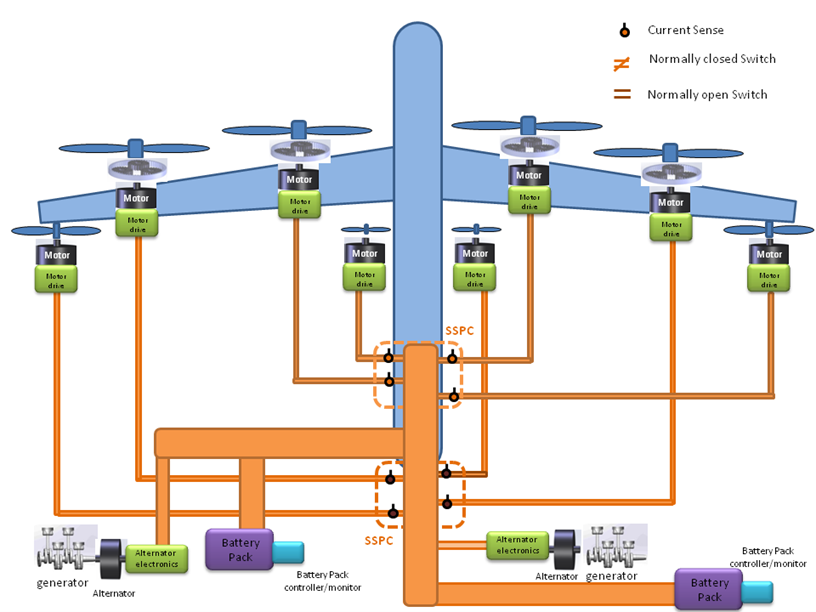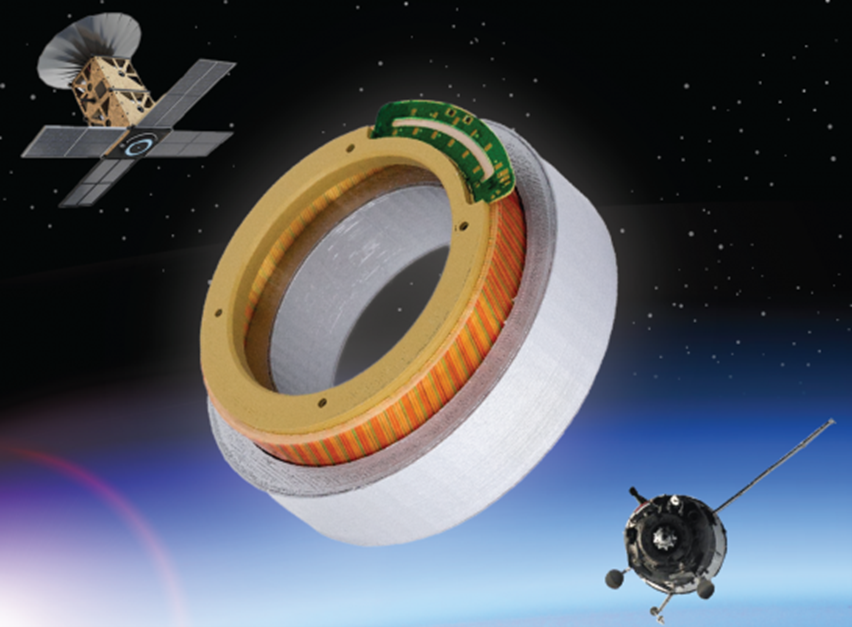
A team of high-level engineers and business executives from southern California are betting big on the future of electric-powered flight with the formation of a new startup, LaunchPoint Electric Propulsion Solutions. Central to the effort are their power-dense electric motor technology, control software and innovative system design.
The fledgling aerospace firm emerges from longstanding, Goleta-based technology incubator and think tank, LaunchPoint Technologies, a leader in cutting-edge engineering design located near Santa Barbara. The new venture will specialize in supplying advanced modeling and design software, hardware in the form of electric motors, hybrid gensets and controllers, and control software for the world’s fast-growing electric-and hybrid-electric-powered aircraft sector. This includes flight applications under development by companies such as major automotive companies, Uber and its air taxi affiliates and the U.S. military, ranging from cargo-carrying drones to airborne passenger taxis.
LaunchPoint EPS has acquired all the assets and know-how of LaunchPoint Technologies related to the electric motor, hybrid-electric gensets and controller business including patents, intellectual property and proprietary processes, contracts, product orders, inventory, facilities, key personnel, and employees.
Robert Reali, an experienced leader of early-stage technology companies, will serve as the new firm’s chief executive officer. Previously, he was chief operations officer for Santa Barbara-based startup TrueVision where he helped grow the company from four employees to a major eye-surgery device firm that was acquired by Alcon, a division of Novartis, in 2019.
“The new company is focused on serving the surging urban air mobility market which has increased the demand for our power-dense electric motors and control software by the world’s largest players in this space,” said Reali. “The main reason for the spinout from LaunchPoint Technologies is to focus on shipping the products we invented. However, we will also continue the tradition of developing innovative new products to address market needs.”

LaunchPoint Technologies co-founders UCSB Professor Emeritus Dr. Brad Paden and brother, Dave Paden, will be part of the LaunchPoint EPS management team serving as chief scientist and vice president of manufacturing, respectively, along with former CEO Mike Ricci, now LaunchPoint EPS chief technology officer, and Brian Clark, engineering director. Chris Grieco, previously executive vice president of bulk energy storage company Gravity Power, will serve as vice president for global business development and sales. Pictured in the photo above, left to right, are Reali, Clark, Brad Paden, Grieco, Dave Paden and Ricci.
LaunchPoint innovations
LaunchPoint is a multifaceted engineering design group with roots in scientific research and development from its beginnings 30 years ago as Magnetic Moments. Among its innovations recently has been to develop high specific power, high efficiency electric machines for the demanding, high-reliability applications associated with hybrid electric UAV flight. The machines are an axial flux design based on dual-Halbach-array magnet rotors and ironless stators. This combination of design features allows for an extremely high efficiency motor with good specific power. The motors are air cooled and create their own airflow so no additional cooling system or fan is required.

Another has been to apply the redundancy management and fault-isolation, fault-tolerant design techniques of fly-by-wire technology to the field of electric aircraft propulsion, a system which it calls “propulsion by wire”. Depicted above is an example applied to a proposed hybrid bus architecture for a VTOL tilt-wing aircraft.
“In fly-by-wire all the aircraft flight-control authority passes through the wires instead of through mechanical systems,” explains Ricci. “With electric propulsion we are doing the same thing for the vehicle propulsion power. Instead of flowing through mechanical connections—pressures, air foils, pistons, and shafts—the propulsion power will flow through wires from the energy source to the propulsion units. The same design principles that make fly-by-wire more reliable than mechanical flight controls will make propulsion-by-wire safer and more reliable than conventional propulsion.”
For more info, see www.launchpointeps.com.



